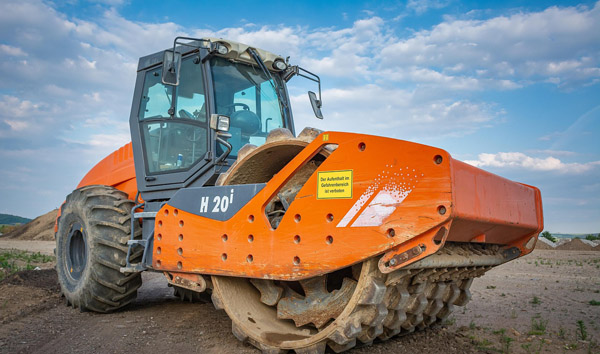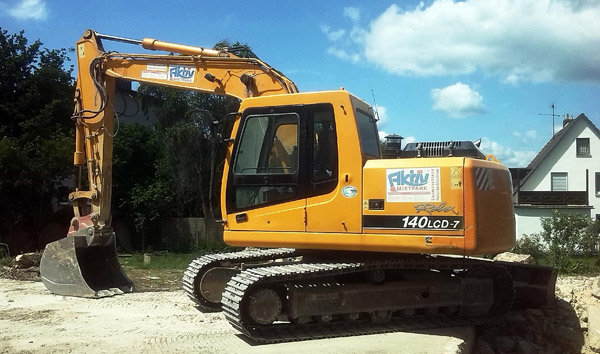Revolutionizing Heavy Lifting: The Future of Construction Site Off-Road Telehandlers
2025-08-11 03:20:32
The construction site off-road telehandler has emerged as a game-changer in modern heavy equipment operations. Unlike traditional telehandlers, these machines are engineered to navigate rough, uneven terrain while maintaining stability and precision. With robust all-terrain tires, reinforced chassis, and high-torque engines, off-road telehandlers can lift and transport materials in environments where conventional equipment would falter. Industry data indicates a 27% increase in adoption rates over the past five years, driven by demand for faster project completion and reduced manual labor.
One of the standout features of the construction site off-road telehandler is its adaptability. These machines come equipped with modular attachments, allowing operators to switch between forks, buckets, and winches seamlessly. A recent study by the International Construction Equipment Association (ICEA) revealed that job sites utilizing off-road telehandlers experienced a 35% reduction in equipment downtime. The ability to operate in muddy, rocky, or sloped conditions without compromising load capacity—often exceeding 10,000 lbs—makes them indispensable for infrastructure projects in remote locations.
Safety remains a top priority in the development of construction site off-road telehandlers. Advanced stability control systems, load-sensing hydraulics, and 360-degree cameras mitigate risks associated with uneven ground and heavy loads. According to OSHA reports, job sites employing these telehandlers saw a 40% drop in lifting-related accidents compared to those using standard models. Furthermore, telematics integration enables real-time monitoring of machine health, fuel efficiency, and operator behavior, ensuring compliance with stringent industry regulations.
The future of the construction site off-road telehandler lies in electrification and automation. Leading manufacturers are piloting hybrid and fully electric models to reduce carbon footprints while maintaining performance. Autonomous telehandlers, guided by AI and GPS, are also being tested to handle repetitive tasks, freeing human operators for complex maneuvers. As urbanization expands into previously inaccessible regions, the demand for rugged, high-capacity telehandlers will only grow—solidifying their role as the backbone of next-generation construction.














